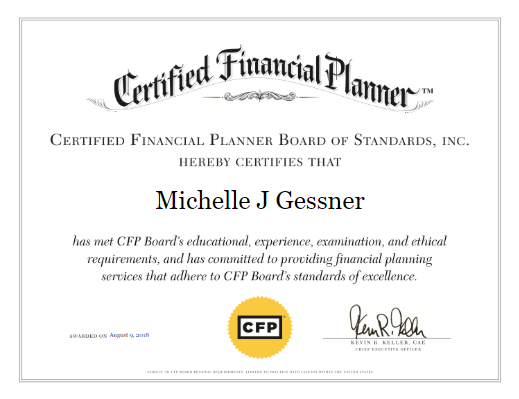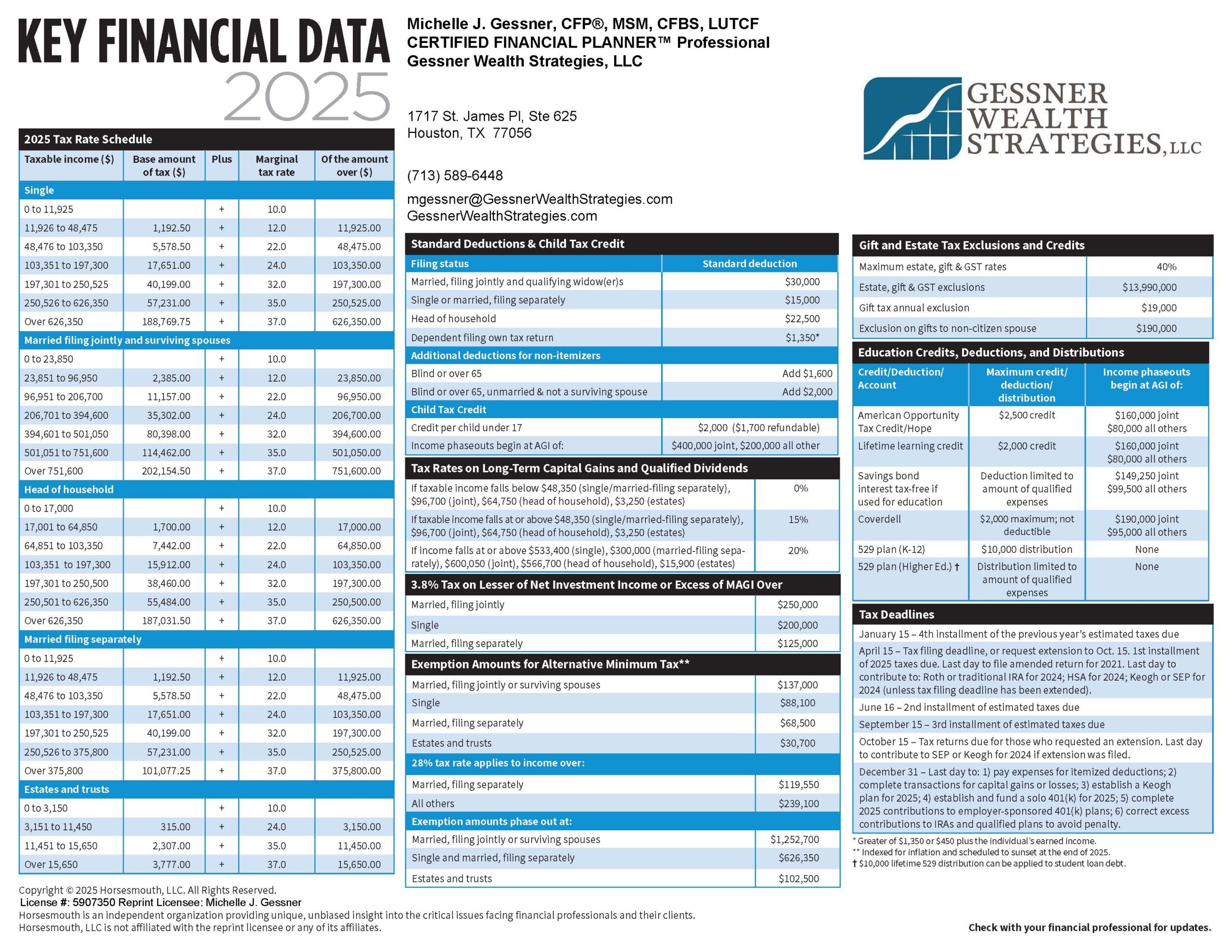How Fees Work:
There are three types of fees associated with mutual funds that are charged to the investor:
- Expense ratios: All mutual funds have expense ratios, which range from 0.08% to over 2% of the amount invested every year. These fees pay the funds’ operating and trading costs and can also be used to pay financial services companies. The higher the expense ratio, the worse the fund’s overall performance for the investor.
- Commissions: These fees are paid to the broker and his or her financial services firm as compensation for recommending the product. A commission is separate from the expense ratio.
- 12b-1 fees: These fees are part of the expense ratio. They’re paid to the firm that originally sold the mutual fund as a supplemental fee, after the first year commission is paid.
Fee only advisors generally recommend funds with no commissions, no 12b-1 fees and low expense ratios. Brokers who “sell” mutual funds often recommend investments with commissions and 12b-1 fees.
Types of Mutual Funds
A fund’s type can give you clues about the types of fees it will charge. Loaded funds pay commissions and ongoing marketing fees to the companies and salespeople that sell them. No- load funds don’t pay commissions to the advisor, and most don’t have ongoing marketing fees. However, there are many sub-classes of mutual funds.
The following mutual fund share classes apply to retail investors (which do not apply to our clients):
Commissionable share classes (“load funds”)
- A-class shares have a front-end sales load, which is a commission that investors pay when they purchase fund shares. A 5% commission is common for equity funds and 3% commission is common for bond funds. That means if you invest $20,000 into an A-class equity fund, the broker and his or her firm may receive $1,000, and you’ll have $19,000 in your account.
- B-class shares don’t have a front-end sales load, but they do have ongoing fees that are higher than those charged by A-class shares. The first is a contingent deferred sales load (CDSL), which investors pay when they redeem the fund shares – although, if you hold a fund for long enough, the fees could eventually decrease to 0%. The second is the higher 12b-1 fee. Let’s say you buy $20,000 of a B-class fund. All $20,000 will appear in your account, but the fund company will pay an upfront commission to the salesperson. To make up for that commission, every year for the next 10 years, the fund company deducts higher expense fees from your account.
- C-Class shares often have a first-year CDSL, plus the highest ongoing 12b-1 fees.
Non-commission share classes
- No-load funds are offered by many financial services companies, such as Vanguard, Dimensional Fund Advisors, T.Rowe Price and others. They have no commissions or 12b-1 fees.
- Class LW (load-waived) shares are A class shares with waived commission. The 12b-1 fee still applies.
- Class F shares pay no commissions and can be either no-load or load-waived. These are more likely to be recommended by fee-only advisors than by salespeople
There are a few other types of mutual funds. Class I shares are often utilized by institutional investors, and Class R and Class 529 shares often appear in 401(k) and educational 529 accounts. If you have a choice in these fund types, prioritize no-load and low expense ratio funds.
How Fees Impact Returns
To better understand the different shares classes and fees, let’s consider American Funds’ Growth Fund of America, one of the company’s largest mutual funds. There are 18 ways to invest in this fund. Five share classes are for retail clients, eight are designed for retirement accounts, such as 401 (k)s, and five are used in 529 education accounts.
Fees vary by as much as 4% between funds — and it can have a huge impact on the amount in your account. The same mutual funds in share classes with the lowest expenses will have the highest return and those in share classes with the highest expenses and commissions will have the lowest returns.
The following chart shows how fees eat into investors’ overall returns for the five different retail share classes. In this hypothetical case, all fund types had an annual return of 8% every year over a 10-year period. All percentages are of the amount invested.
Since our firm is a fiduciary firm, we are not compensated from your underlying securities and we use “no load” mutual funds only, using an institutional share class of low cost mutual funds not available at the retail level. We receive a management fee that appears as a line item on your statement for complete transparency. Take note of the difference it makes in the chart below.
| Fund Type | Expense Ratio |
Front Load (%) |
Deferred Load | 12B-1
Fee (%) |
Invested Amount ($) | 10-Year Balance ($) | Total Fees to Salesperson and Firm |
| No load | 0.43 | 20,000 | 41,490 | 0 | |||
| Load waived | 0.70 | 0.25 | 20,000 | 40,460 | 1,030 | ||
| A Class | 0.65 | 5.75 | 0.24 | 20,000 | 38,312 | 3,178 | |
| B Class | 1.40 | 5.00 | 1.00 | 20,000 | 37,897 | 3,593 | |
| C Class | 1.45 | 1.00 | 1.00 | 20,000 | 37,719 | 3,770 |



